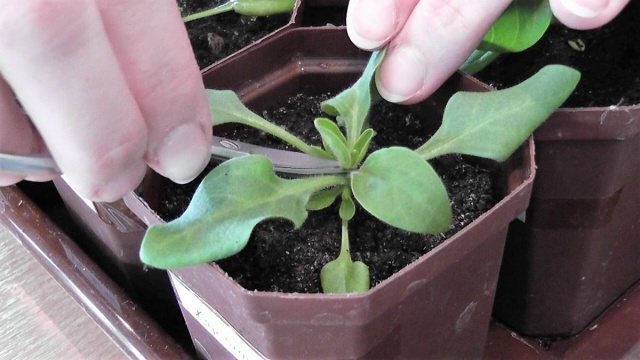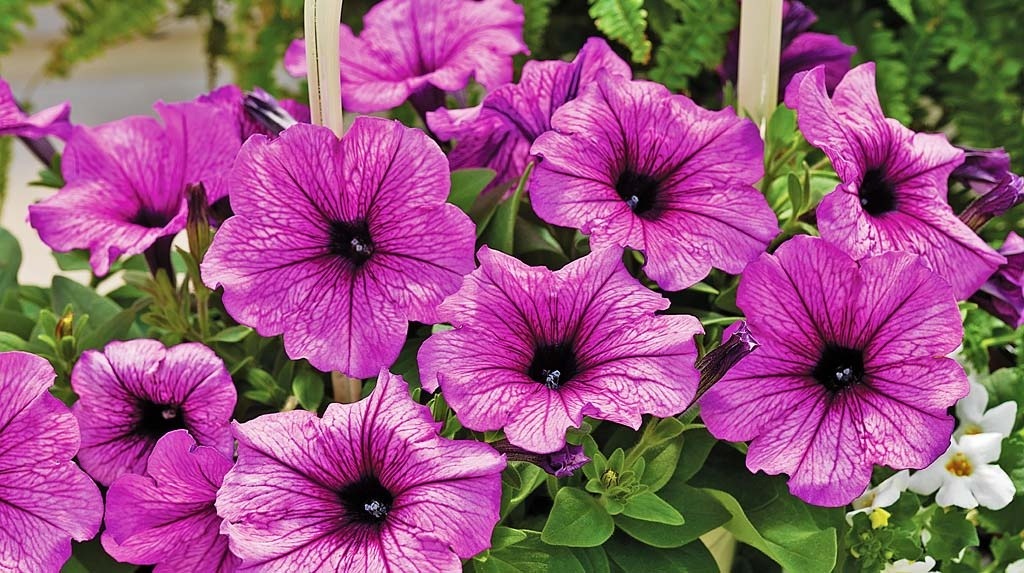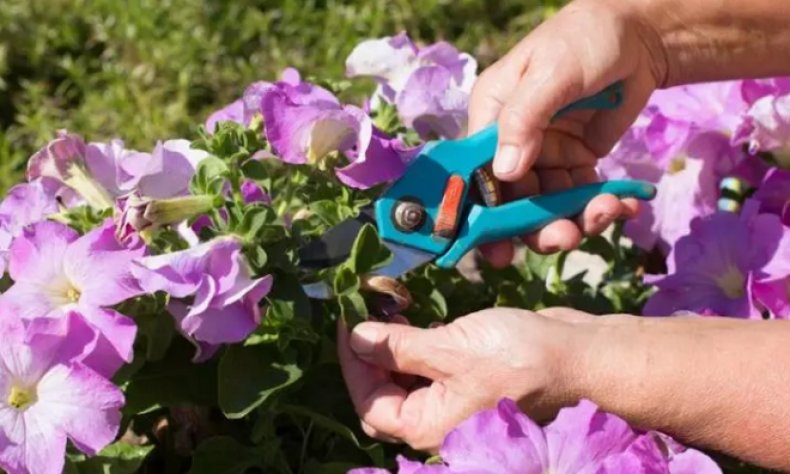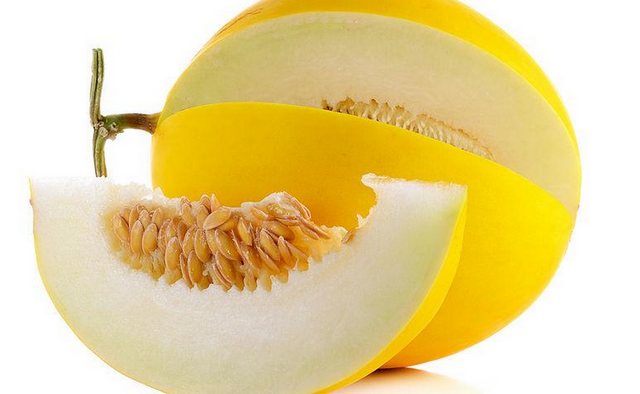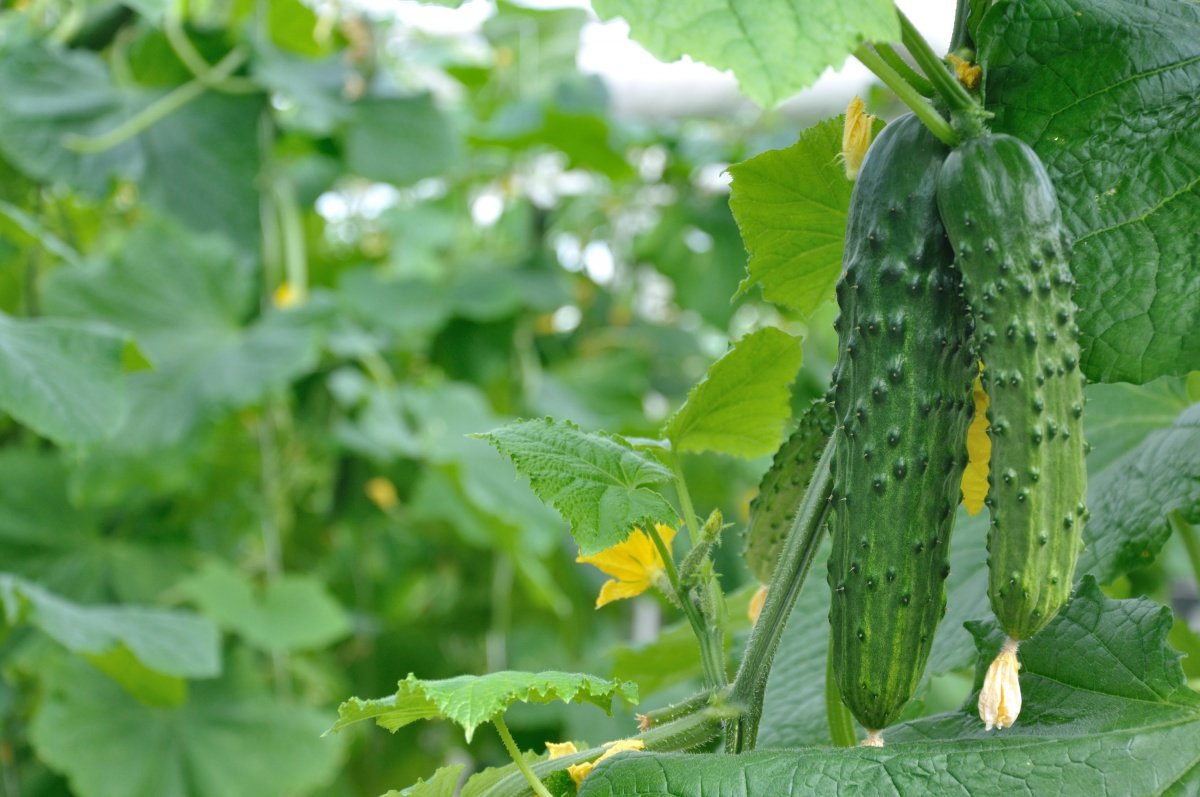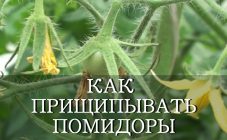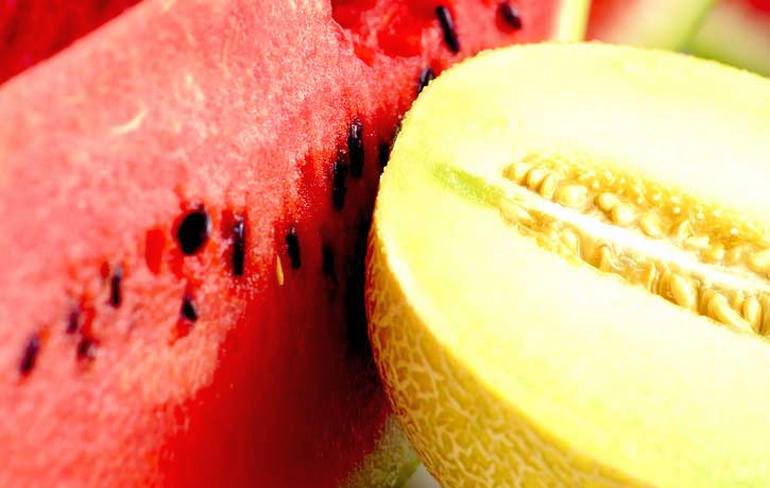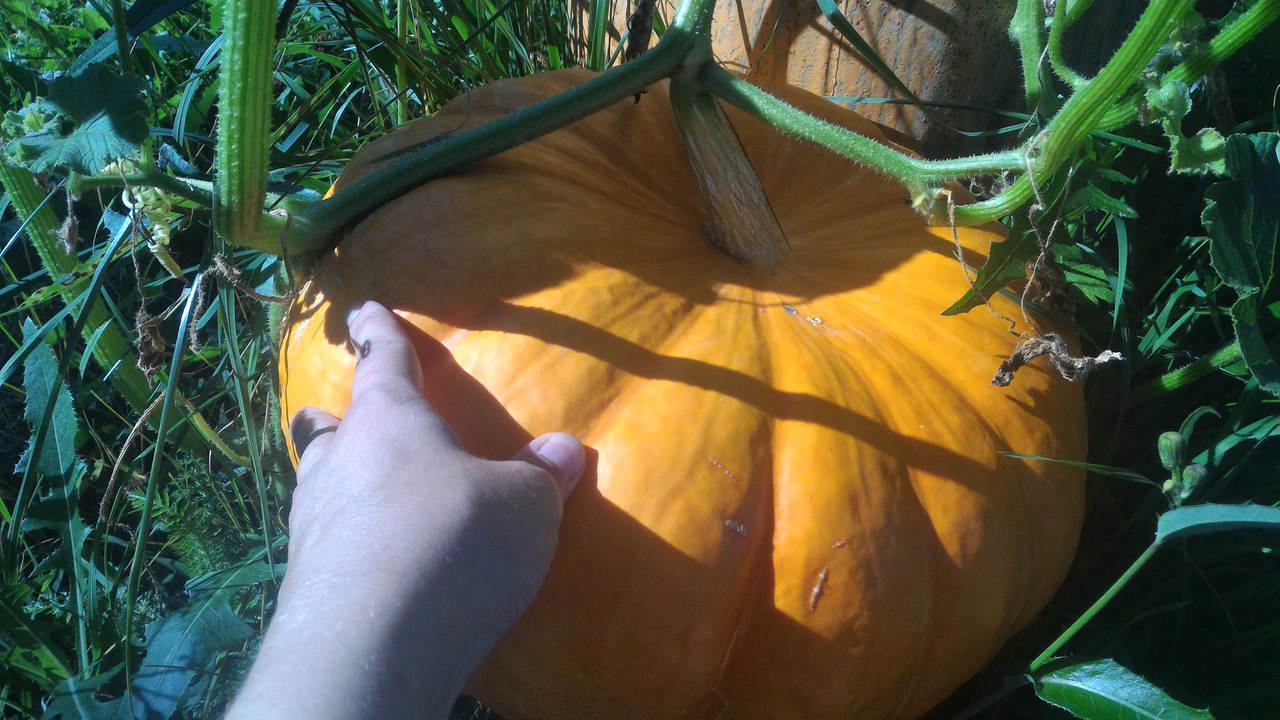Content:
In recent decades, petunia has taken one of the first places in demand among garden crops. Pavda, not everyone knows the peculiarities of its cultivation. This flower responds very well to pinching. How to pinch petunia is not difficult to figure out. You just need to pinch off the tops of the stems in time, and it will begin to release side shoots. Then, instead of one bud on the crown, you get many flowers throughout the branch. Well, the bush as a whole takes the form of a blooming ball. If desired, you can give the bush and other forms.
The flowering quality does not depend on the place of planting. With good care, petunia blooms as profusely in a pot at home as in a garden bed. Ampelous species in hanging pots look especially good. Moreover, the potted version for the winter can be brought indoors and left in a viable state until spring.
Pinching petunia
First of all, basic, simple varieties of petunias need pinching. Especially from their seeds. Such plants are not particularly splendid. Hybrid varieties are already bred with the specified properties and require minimal diligence in creating the necessary forms.
Meanwhile, they also need to shorten the shoots - for even greater tillering and lush flowering. This is also facilitated by the method of seedling growing of seedlings. From the lack of sunlight in winter, the shoots are unnecessarily stretched.
Formation of an ampelous bush
The beautiful ampelous form of petunia initially involves the creation of a lush, bushy plant. Therefore, strong formation is not required for it. Enough cosmetic care: removing faded buds. But sometimes the stem grows too long and is knocked out of the general row. In addition, she pulls on additional food. The upper part of such a branch urgently needs to be pinched off. This will allow the plant to direct the forces to form new flowers evenly.
Tearing off the tops (pinching) in young seedlings is encouraged. Pinning the main branch will cause branching from the lateral stepsons.
A kind of ampelous petunia, a cascading form of a plant - it needs to be pinched during the season (1-2 times per summer).
Preparing for pruning
To carry out the formation of a bush you need:
- a sharp knife or scissors;
- charcoal for disinfection of sections;
- a dish with water for planting cut cuttings. They can be useful as planting material.
It is very important to initially think over the desired shape of the crown and cut off only the branches you need.
Features of hybrid, not ampelous species
Erect hybrid varieties do not need to be formed. This is Petunia Alderman. She is already very curvy.Intervention is possible in rare cases. For example, if there are few lateral processes. Then pinching the petunia (main branch) is desirable.
Florist recommendations
Pinching has the goal of thickening the bush by awakening dormant buds on the branch. As a result of the operation, full-fledged stems grow from the lateral buds. Branching occurs in different directions and gives the bush splendor. With each subsequent pruning, the tillering becomes stronger.
Experienced growers advise to carry out work with a sharp and clean tool in order to avoid grinding the cut. Sharp nail scissors work well for this purpose. Only healthy, thick branches should be operated on. Leave at least 3-4 leaves on the stump.
The cut off branches take root very well, so it is not reasonable to throw them away. It would be more correct to clean them from the lower leaves and put them in a container with water. After 3-4 days, the shoots will release the roots and will be ready for planting in the ground.
Cuttings can also be planted directly in a light substrate (two-thirds of the sand and one-third of the soil). Places of cuts are processed with root. It is advisable to cover the planted cuttings with a film or a plastic bottle. Planting is watered through the pallet. Rooting can be expected after 2 weeks.
Pinching timing
How to pinch a petunia so that it blooms gorgeous? The operation is carried out step by step in two stages:
- it is recommended to pinch the seedling for the first time at the age of 5-7 leaves. This usually happens 1.5-2 months after the seeds are hatched. Then, before planting in a permanent place, the plant will form strong lateral processes;
- re-pruning is carried out four weeks later, after planting the seedlings in a permanent place (last week of spring). During this operation, the lateral branches of the petunia are already pinched for bushiness. This will give an impetus to the formation of branches of the third order, that is, the bushiness and the number of buds will increase. In this case, only the tops of the stems should be removed, without touching the hatching flower buds.
During the growing season, the need and frequency of pinching depends on the plant variety.
Making potted petunias
If during carpet planting of seedlings on the beds you can not worry about careful pruning, then in the pots all the flaws of the bush will be visible immediately. Therefore, potted varieties need to be shaped throughout the season. It is important to adhere to the rules of circumcision.
The potted plant is also pinched after wintering.
Care after pruning
After mechanical intervention, it is necessary to feed the flower with mineral supplements (Agricola, Petunia, Flower, Summer) and support it with growth stimulants (Kornevin). They contain everything you need for recovery and new flowering. The flower requires a fairly large amount of fertilizer. Otherwise, fresh stems will grow weak. To form them, the flower spends a large amount of nutrients.
Features of culture cultivation
Although petunia is a perennial crop, it is grown as an annual in the conditions of central Russia. But it so happens that you don't want to lose the variety. This is especially true for hybrid species. Because when sowing the collected seeds, it is impossible to get an analogue of the mother plant. Hybrids usually degenerate in the second generation. In this case, you can save the hybrid by transferring it to heat until spring.
This method is suitable, for example, for F1 hybrids (supertunia, surfiniya).
Winter maintenance of the mother bush
To preserve the main bush in the winter, the following conditions are needed:
Temperature not higher than 15 ° C and high humidity. An insulated terrace, a loggia or a cold windowsill is suitable for this.
Transferring the bush transplanted into the container before the first frost to the proper place. Before this, the plant is cut shortly and cleaned of damaged parts.
The bush preserved by this method wakes up in February and blooms by March. From the moment the first greenery appears, watering increases, top dressing is applied. But it must be borne in mind that the overwintered old bush cannot boast of last year's rich flowering.
To maintain maternal qualities, they practice rooting cuttings from this bush. In this case, a young bush with the desired qualities is obtained. Only cuttings are recommended to be cut from non-lignified branches (green).
Blossoming dependence on pinching
Pinching is stress for the bush in any case. It takes some time for full recovery. The stronger the intervention, the longer the flower will come to life. Therefore, the flowering of cut plants will occur 2-3 weeks later than in untouched specimens. But the answer is richer bloom. Flowers on a formed bush are larger. When pruning, the main branch is first shortened, then the lateral processes, with a calibration in length.
Along the way, dried buds are pinched off along with the leg. A new bud is formed in place of the torn off flower petiole.
Plant recovery after pinching
Intervention in the growth and branching of the plant can be carried out no more than once a month. More frequent pruning will force the flower to devote all its strength to recovery and there will be no energy left for flowering.
Pruning an old bush
Old bushes can be pinched shorter (leaving 3-4 living buds on each stem from the roots) to renew with new branches. With good care (feeding, watering), they will overgrow with young shoots in 1.5-2 weeks and bloom again a little later.
Folk remedies for feeding petunias after pinching
To maintain the health of a pruned plant, you can also use improvised means, such as:
- yeast;
- hydrogen peroxide;
- banana skins;
- ash.
Additives should be applied over watered soil to protect the root system from chemical / biological burns.
Regular watering and protection from diseases, harmful insects will help the plant quickly recover.
Forming a petunia bush by pinching is a fairly simple operation. With this culture, it is painlessly tolerated. Meanwhile, the quality of the flowering of the plant is multiplied. This procedure is useful for basic varieties (tillering increases) and for hybrids. For the latter, in addition to the aesthetic component, it makes it possible to prepare cuttings with preserved maternal properties. As a result, small manipulations with petunia bushes will help bring the flower meadow to the desired state.
